Thanks to Annette Laban for sending these photos of her students from St Mary’s Catholic School Tauranga taking part in CensusAtSchool.
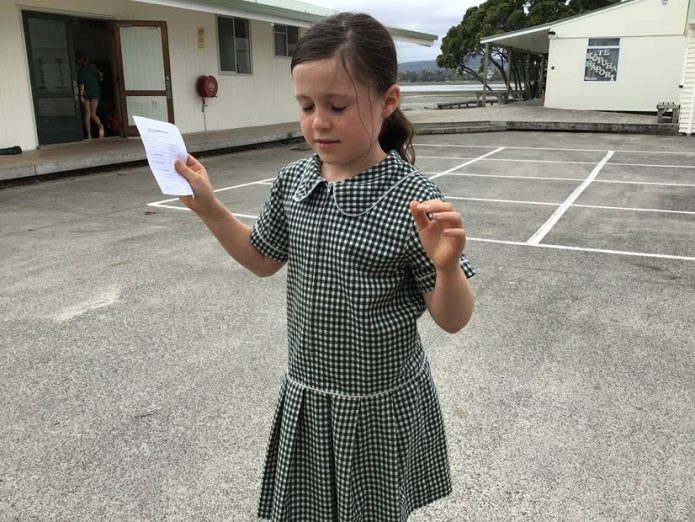
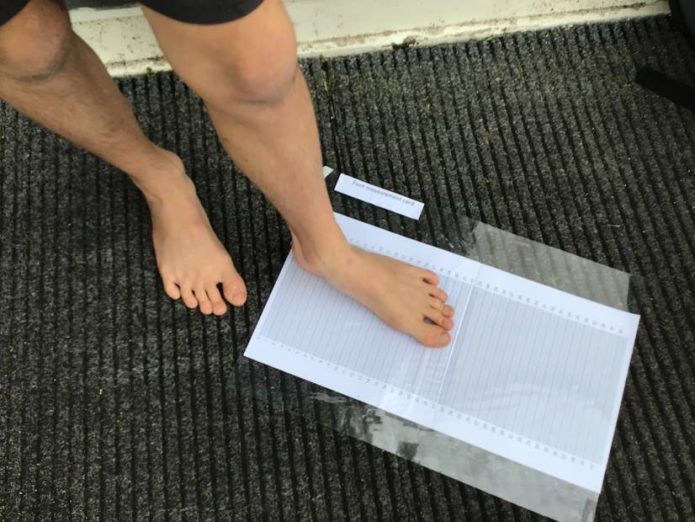
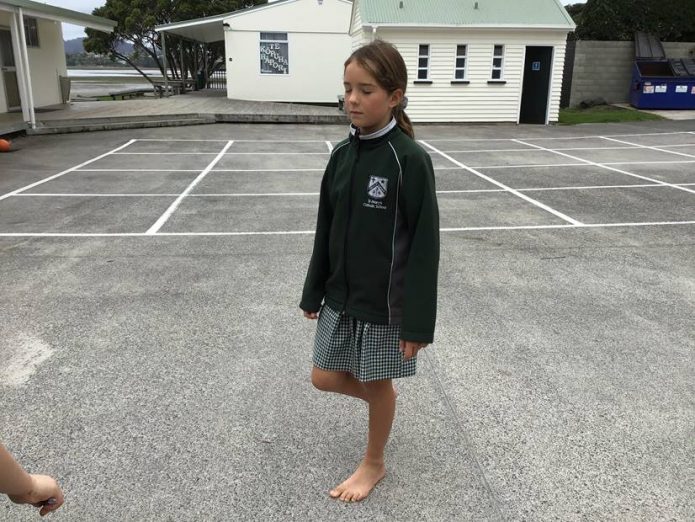
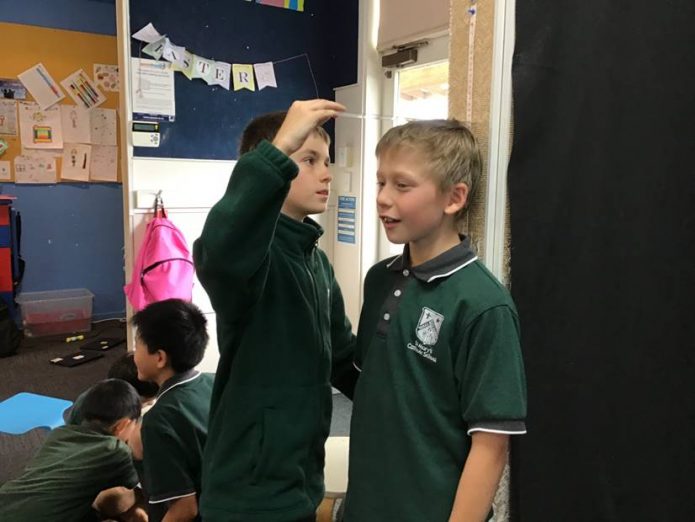

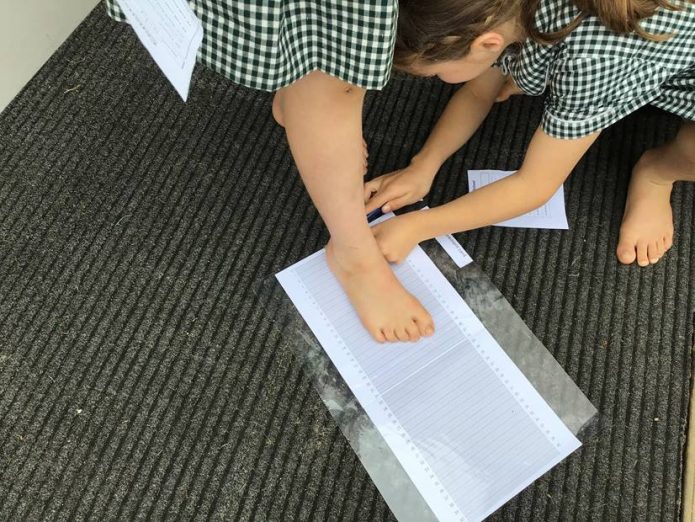

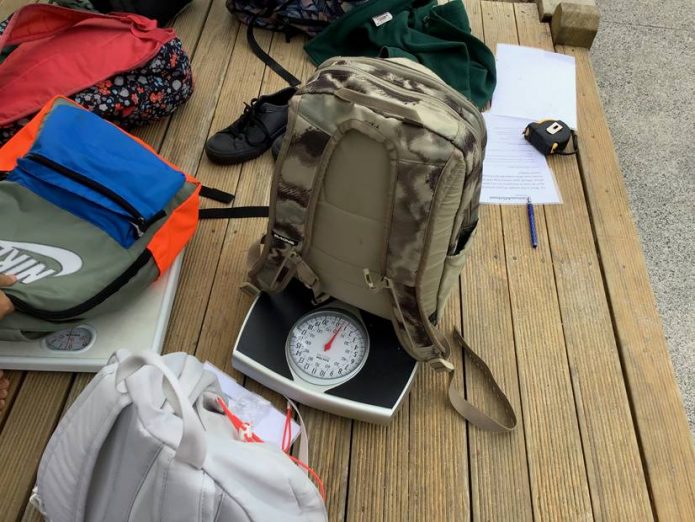
Thanks to Annette Laban for sending these photos of her students from St Mary’s Catholic School Tauranga taking part in CensusAtSchool.








Thanks to Cathy Reid of St Joseph’s School for sending these photos of her students taking part in CensusAtSchool.
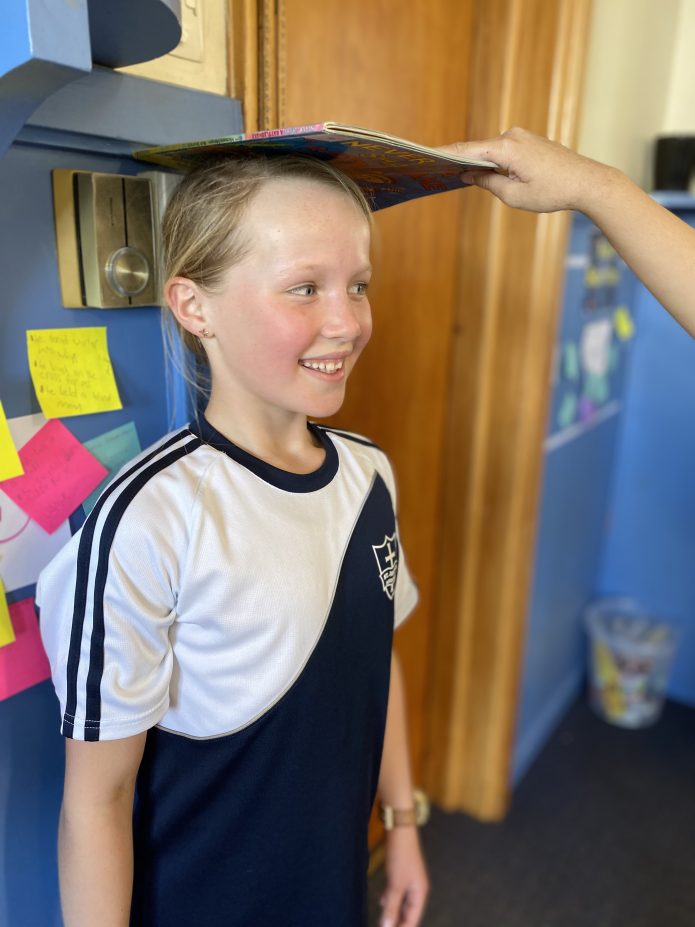
Tineke getting measured for her height by a friend.
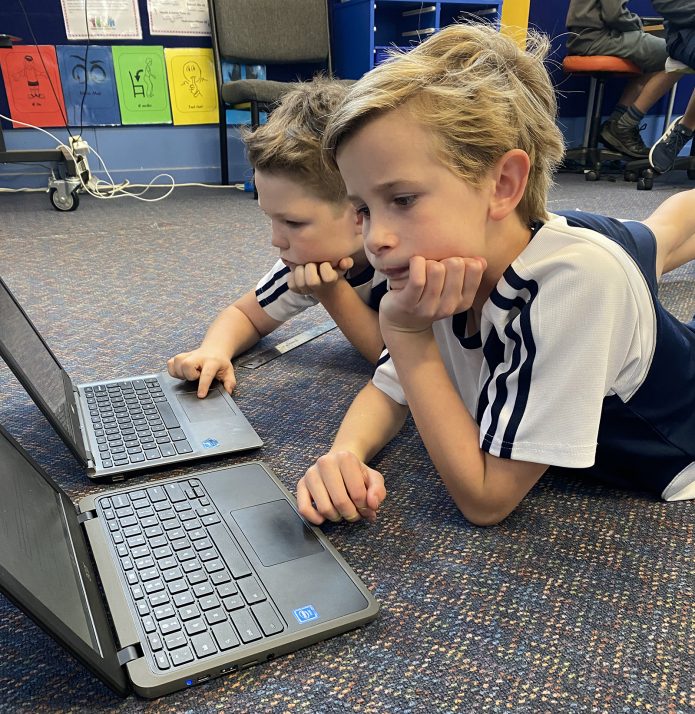
Stellan and Liam reading the questions carefully and thinking of their answers.
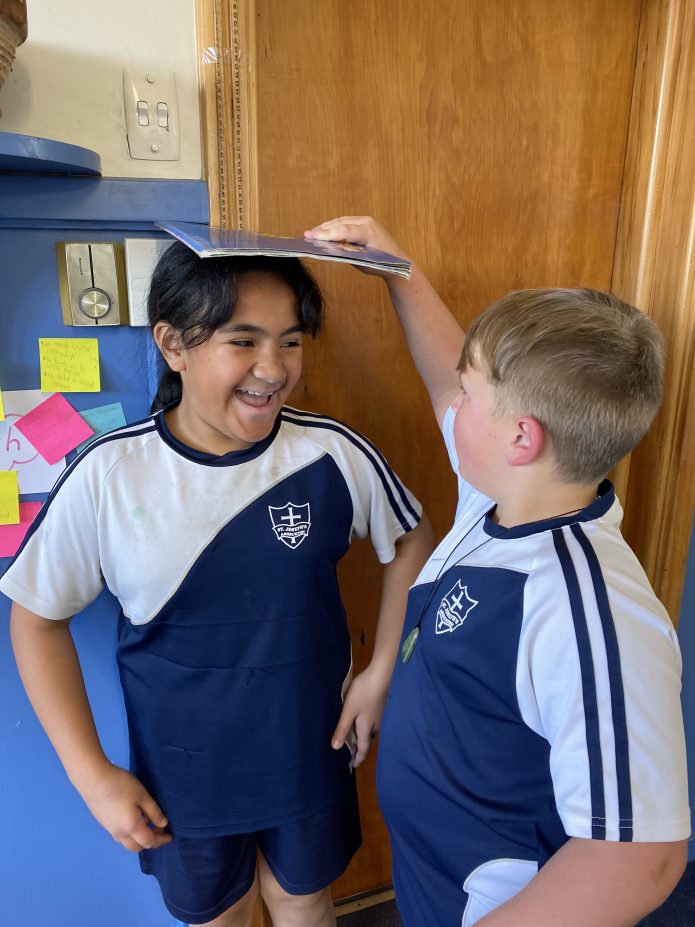
Lots of giggles from Heleni while Hunter helps measure her height.
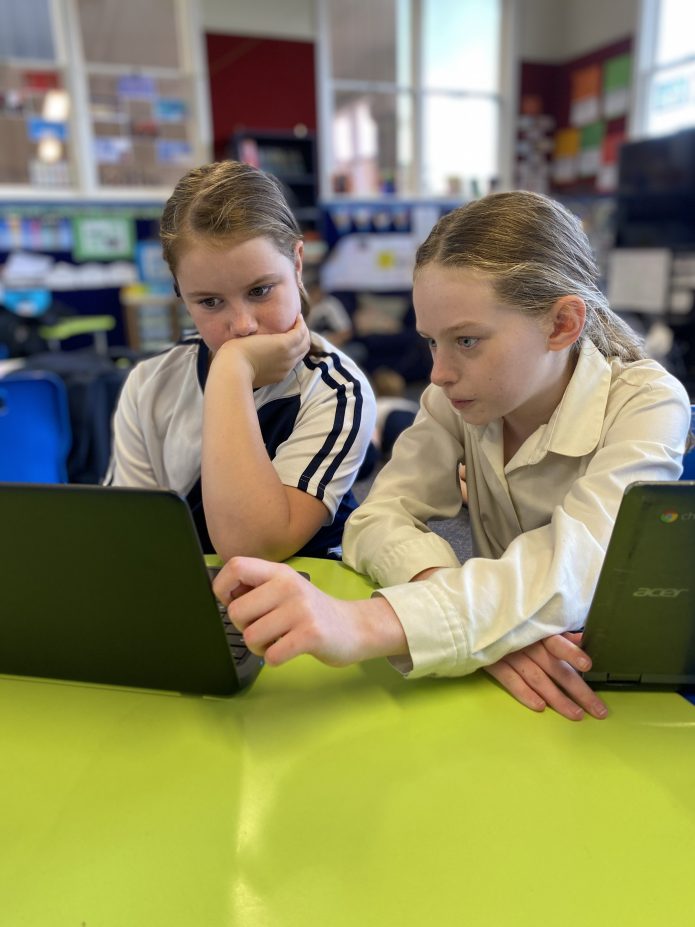
Sophia helping Indi fill out her census.
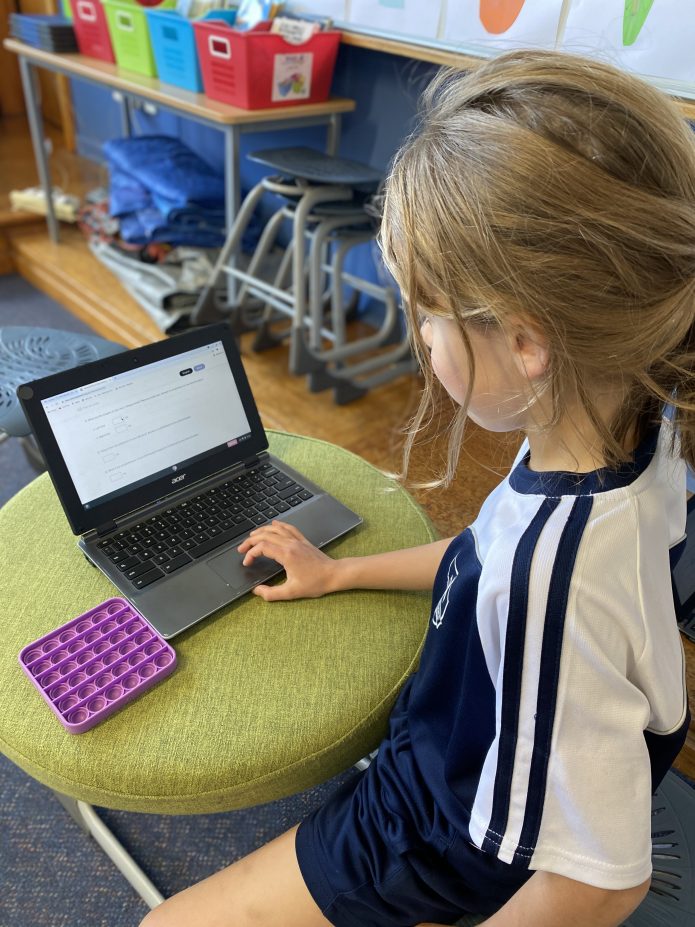
Scarlett reading the questions carefully.
Thanks to Vanessa Hancock for these photos of Room 35 from Somerville Intermediate taking part in CensusAtSchool yesterday.
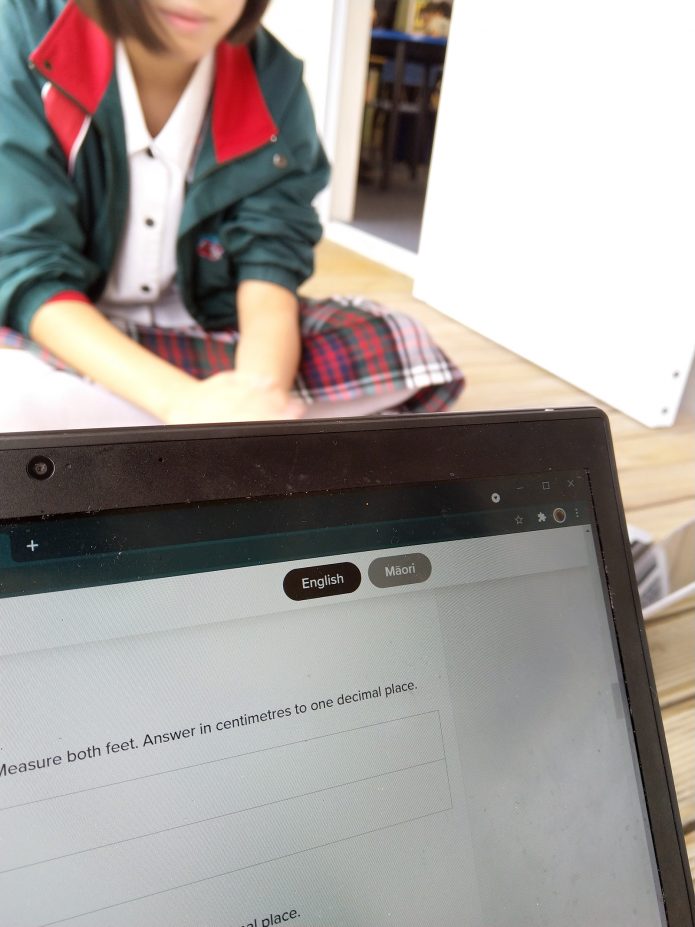
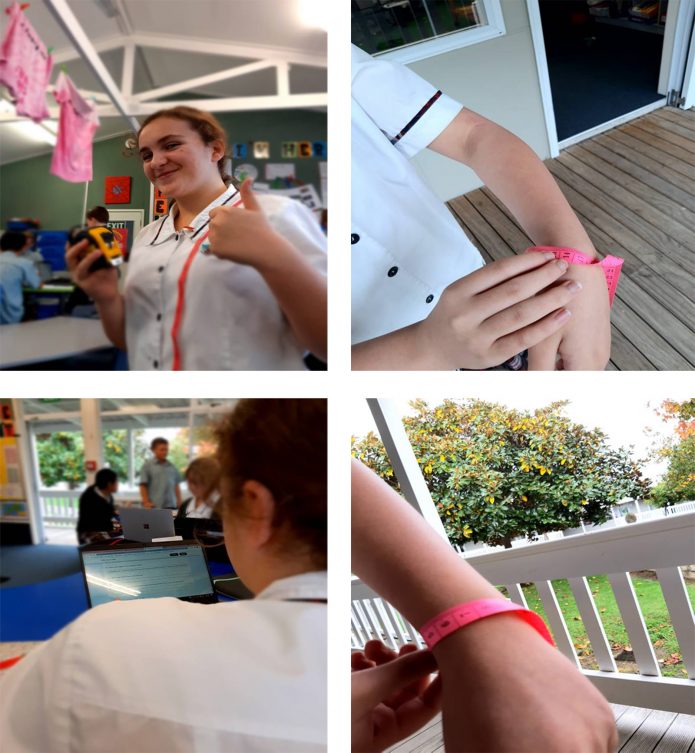
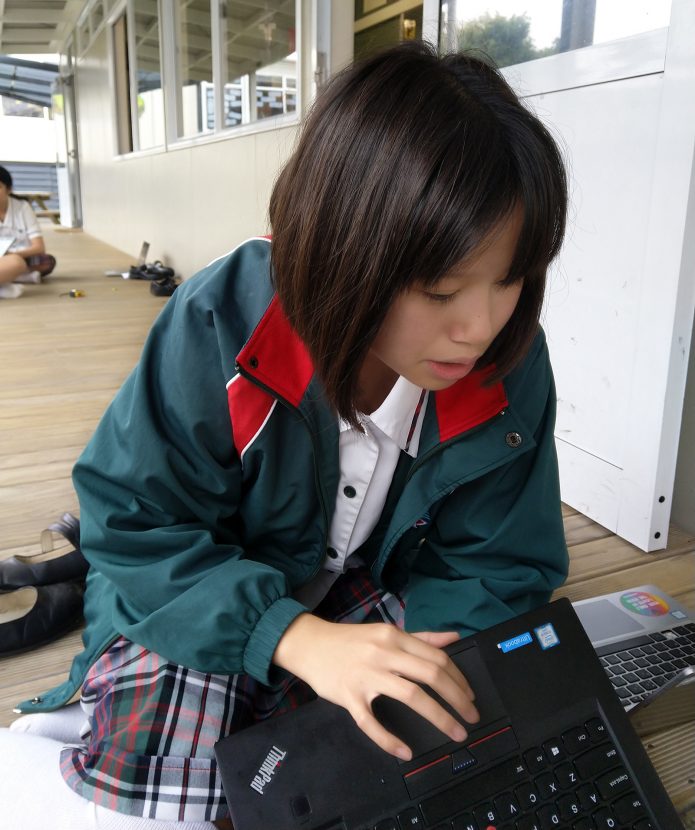
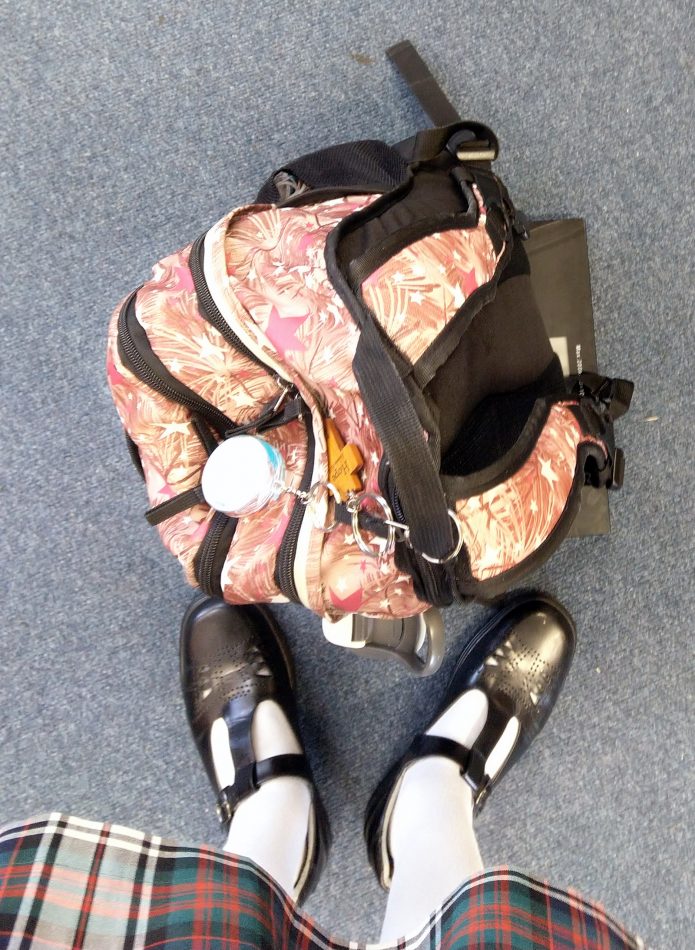
Thanks to Kristina Sheppard from Ashburton Intermediate School for sharing these photos of her Huaketetere 4 class taking part in CensusAtSchool yesterday:
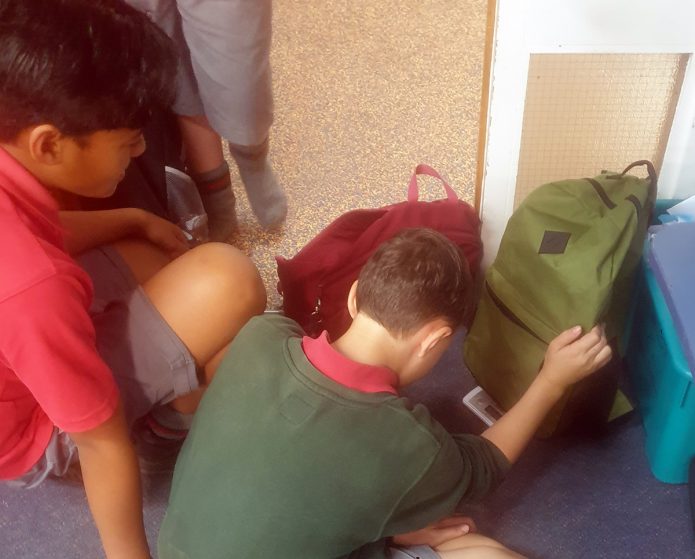
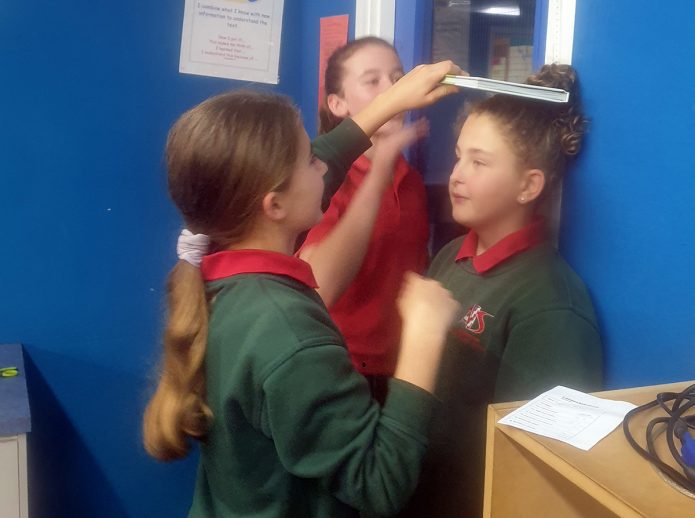
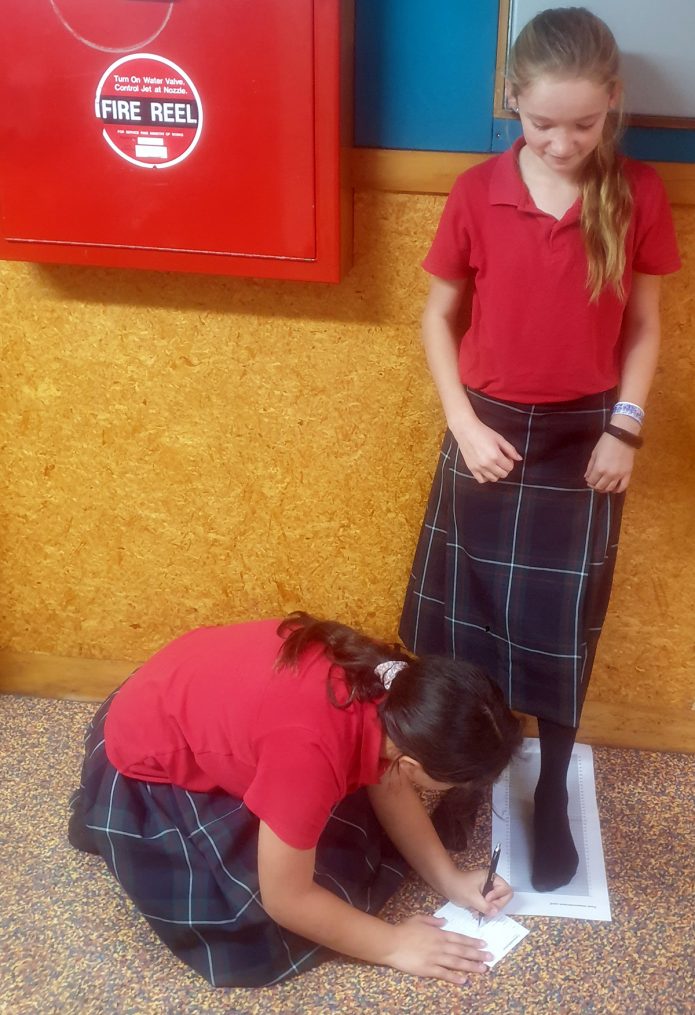

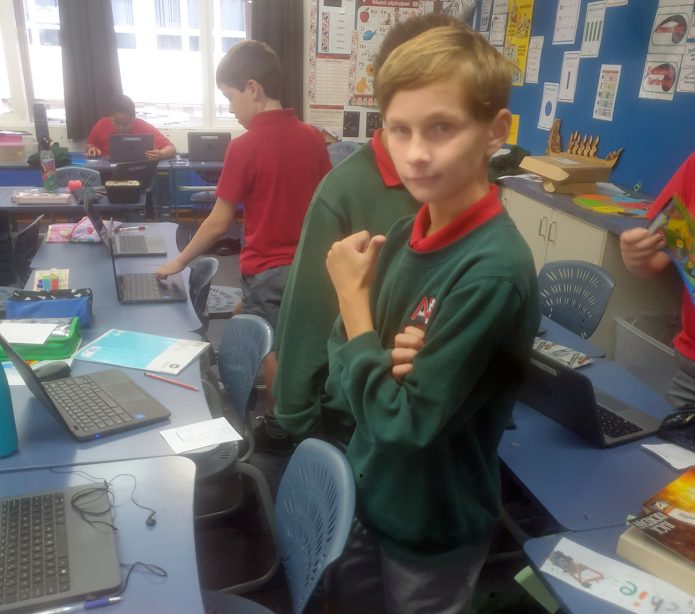
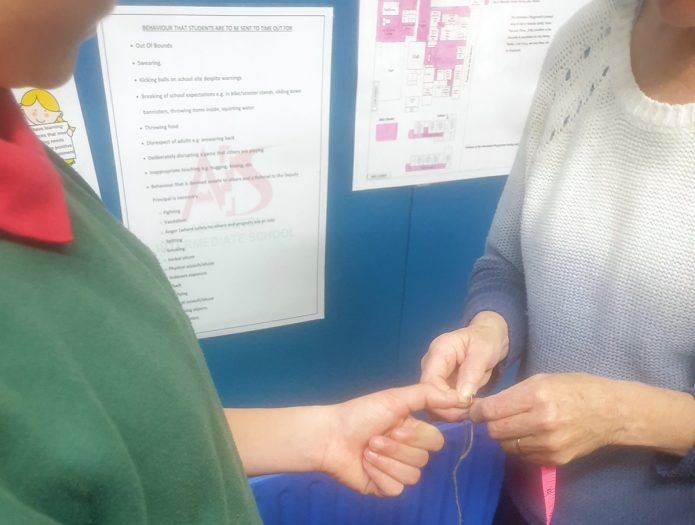
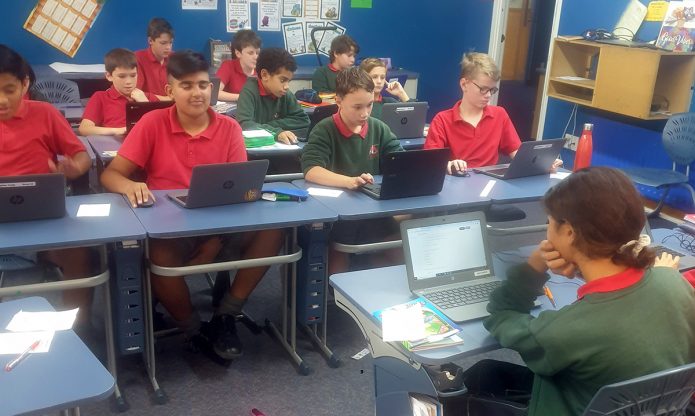
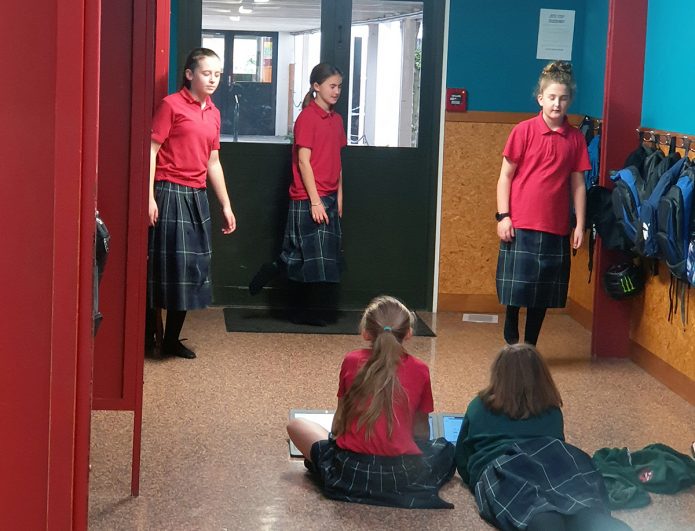
Some quotes from her students:
It was so much fun.
I learned how to measure accurately and correctly for the first time.
Was it Maths really? I don’t believe that doing that was Maths! I had so much fun and it was so good to do it.
It was exciting.
I learned how to change grams into kilograms.
Thanks to Heather Collins from Our Lady Star of the Sea School for sharing these photos of her class taking part in CensusAtSchool yesterday:
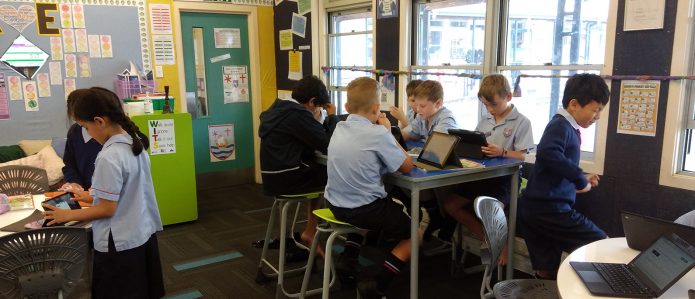
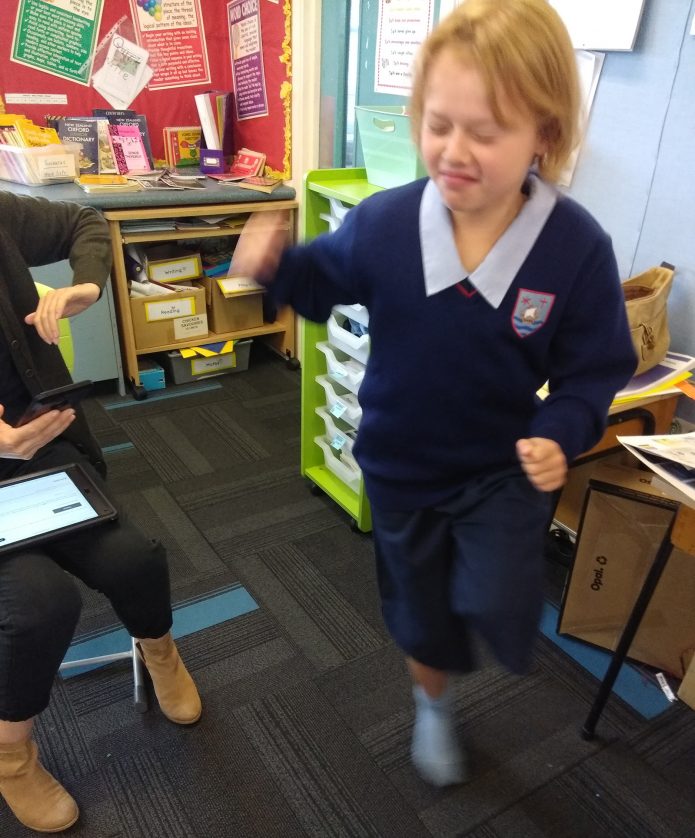
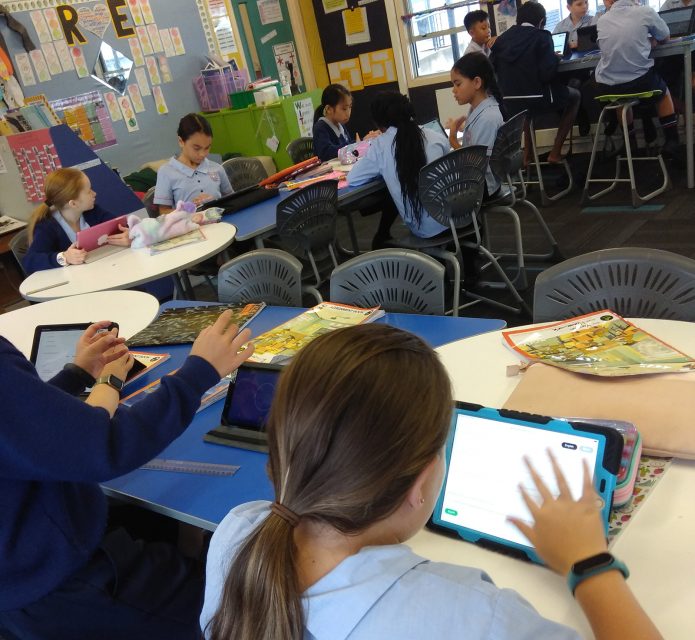
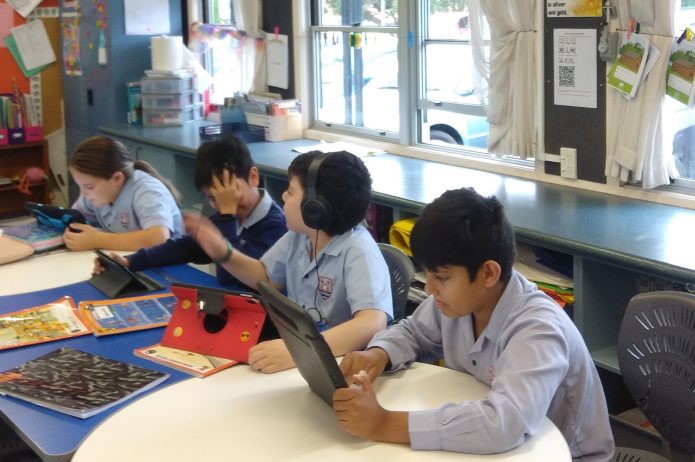
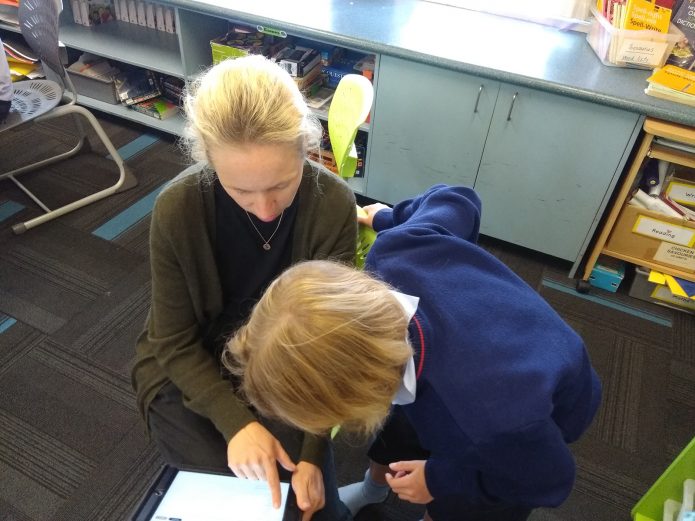
Thank you for helping make today our biggest CensusAtSchool launch ever!
1,871 teachers registered
1,010 schools registered
1,877 students took part today
We look forward to a big day tomorrow. The survey remains open until the end of 2022.
We are proud to announce our new live dashboard. See if your school is one of the highest participating schools and fun stats coming in as students take part!
CensusAtSchool New Zealand – TataurangaKiTeKura Aotearoa celebrates the launch of their tenth biennial survey today to once again comprehensively chart children’s views of their own lives. The large national survey will give another intriguing glimpse into school children’s lives.
Thousands of primary, intermediate, and secondary school students around the country will share their views on issues as wide-ranging as climate change, the amount of time they spend on digital devices, where young people get their news from, and how they felt about lockdown learning. Senior students will be asked to also share their own attitudes to when they think it should be legal to drive, vote, buy alcohol, and vape.
The students are taking part in CensusAtSchool New Zealand – TataurangaKiTeKura Aotearoa, a non-profit, online educational project that aims to bring statistics to life in both English and Māori-medium classrooms. It is run by the Department of Statistics at the University of Auckland in partnership with the Ministry of Education and Stats NZ.
Supervised by teachers, students from years 3-13 anonymously answer questions in English or te reo Māori on digital devices. Some questions involve practical activities such as measuring the length of their feet and weighing their laden school bags.
The tenth biennial edition of CensusAtSchool is expected to have the highest number of schools, teachers, and students participating. More than 30,000 schoolchildren are expected to participate in CensusAtSchool this year. As of launch this morning, approximately 1,800 teachers from almost 1,000 schools had already registered – the highest figures ever.
Co-director Rachel Cunliffe says, “We’re passionate about getting real, relevant data about New Zealand students into their hands so that they can grow their data science superpower skills.”
Rachel Cunliffe, a former University of Auckland statistics lecturer who now runs a digital design company, says teachers are always looking for rich cross-curricular classroom activities.
Professor Chris Wild, statistics education expert and co-director says, “The students experience the whole statistical cycle – they complete the survey and then use statistical methods to explore the data and tell the stories in it. It helps students see the importance of statistics in today’s world – and they love finding out what other students are thinking and doing.”
CensusAtSchool is part of an international effort to boost statistical capability among young people and is carried out in Australia, Canada, the United States, Japan, and South Africa. The countries share some questions so comparisons can be made.
Preview the questions and see which schools are taking part on CensusAtSchool’s website: www.censusatschool.org.nz
Need help exploring data using technology in your teaching and learning?
Catch up on the latest professional development for Data Science. These webinars are a great starting point to help structure and support STEM opportunities for your colleagues and students.
Data Science Education Meetups
Recommend starting with: What Kinds of Questions Do Students Generate as They View Data Visualizations?
“Thinking about questions makes me think of more questions.”
CensusAtSchool New Zealand – TataurangaKiTeKura Aotearoa celebrates the launch of their tenth biennial survey next month to once again comprehensively chart children’s views of their own lives.
From May 10, the voice of Kiwi students will be heard on issues as wide-ranging as climate change, the amount of time they spend on digital devices, and their own attitudes to when they think it should be legal to drive, vote, buy alcohol, and vape.
New to the survey in 2021 is a question that explores where young people get their news from and how they felt about lockdown learning.
The survey now includes improved bi-lingual support with the ability to toggle between English and te reo Māori.
Another new feature includes an audio option for the English questionnaire to support students with reading difficulties.
CensusAtSchool New Zealand – TataurangaKiTeKura Aotearoa, is a non-profit, online educational project that aims to bring statistics to life in both English and Māori-medium classrooms. Supervised by teachers, students from Years 3-13 anonymously answer 34 questions in English or te reo Māori, and later explore the results in class. CensusAtSchool runs every two years, and in 2019, more than 32,000 students took part, representing approximately 500 schools and 1,000 teachers.
You can preview the questions here. See the registered schools.
CensusAtSchool is a collaborative project involving teachers, the University of Auckland’s Department of Statistics, Stats NZ, and the Ministry of Education.
It is part of an international effort to boost statistical capability among young people and is carried out in Australia, the United Kingdom, Canada, the US, Japan, and South Africa. The countries share some questions so comparisons can be made.
In New Zealand, CensusAtSchool is co-directed by Prof Chris Wild of the Department of Statistics at the University of Auckland and Rachel Cunliffe, a former lecturer in the department who owns web design studio cre8d design and is a commentator on youth culture and online communications. She is the principal media spokesperson for CensusAtSchool and can be contacted at census@stat.auckland.ac.nz or phone 027 3833 746. A high-quality, copyright-free photo of Rachel is available for download here.
Key dates:
* Date dependent on response rate